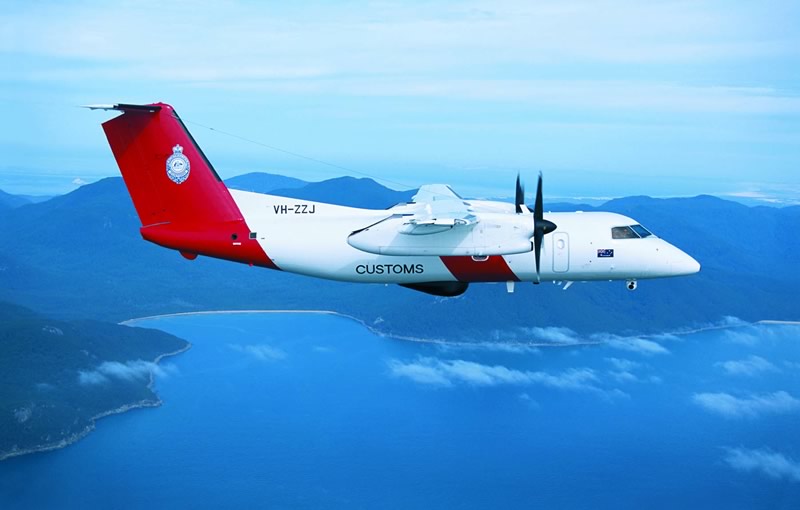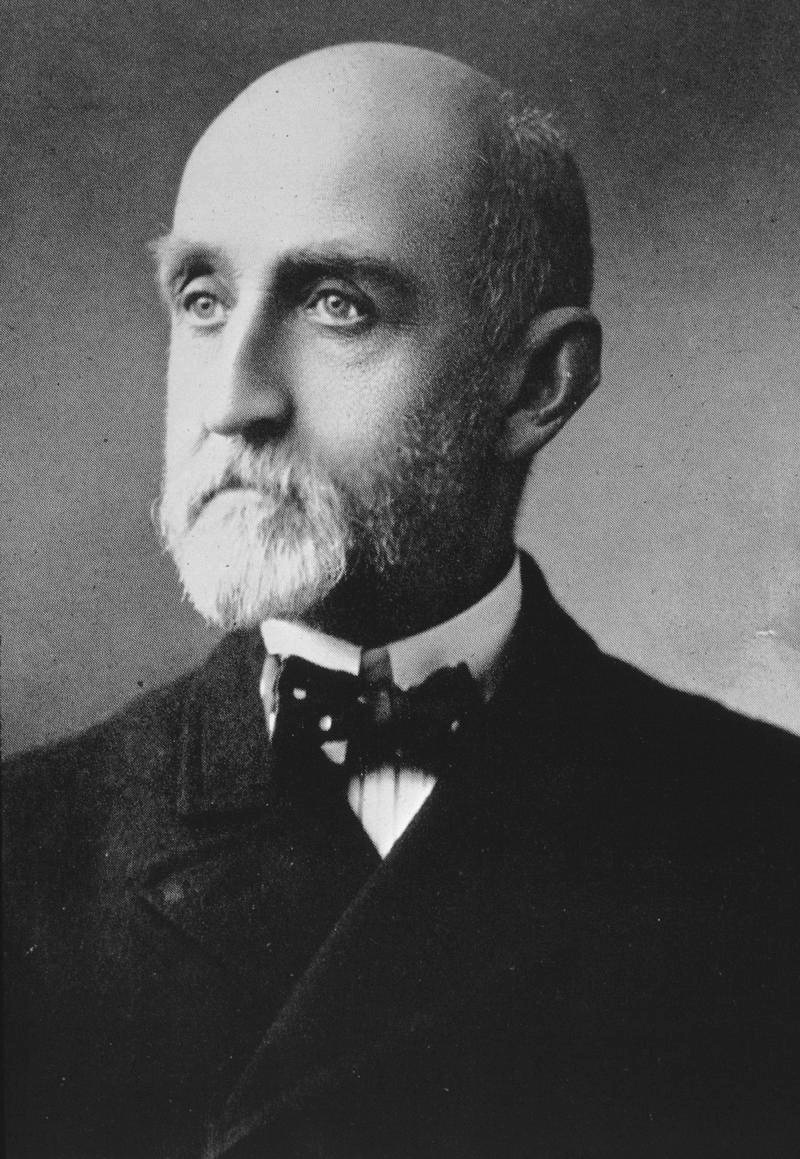Australia’s Coastwatch: A Public-Private Model for Coast Guards and CBP( Customs / Border Protection)
Full Article at Defense Industry Daily: See link below photo
 Photo from linked article
Photo from linked articleAmerican Admiralty Books Safety & Privacy Policies
http://www.defenseindustrydaily.com/cobham-catches-a-1b-australian-coastwatch-contract-01695/Editors note: Coast Guards around the world have similar functions though they may go by different names. Generally these quasi naval agencies are founded to exercise surveillance over a nation', s navigable waters and ocean waters under various degrees of national jurisdiction whether territorial seas or the more limited exclusive economic zones, respond to law violations on such waters, respond to intrusions, and engage in search and rescue, and environmental response. They may carry names like "Police Coast Guard", or "Maritime Enforcement Agency", or" Maritime Safety Agency"; or more simply "United States Coast Guard", "Canadian Coast Guard". Some agencies oif some nations that are titled "Coast Guard" may have only a few of the multitude of functions that distinguish a coast guard from a navy. Some are military, nearly all are recognizably paramilitary with a decided naval type organization. All are vital components of a nation's total "sea power " as defined by Alfred Thayer Mahan.
 Alfred Thayer Mahan
Alfred Thayer MahanThese agencies may or may not have fisheries and marine safety regulatory authority. Some nations use one, two, or even three agencies to carry out the traditional "coast guard functions" which often include the construction and maintenance of aids to navigation or the operation of vessel traffic systems. Some coast guards are intergral parts of a nations customs service. However its organized it seems most agencies air craft and vessels that perform the search and rescue and basic law enforcement functions considered traditional "coast guard" duties are marked in a distinctive white with red stripes color scheme, though sometimes the search and rescue dedicated craft are painted in international orange. Either way without a particular international agreement, markings for such vessels and air craft have evolved into a recognizable traditional pattern. Most mariners around the world are able to recognize the "coast guard" vessels and air craft of a particular nation even if the nation utilizes more than one agency for the various "coast guard" duties a very widely observed set of color schemes and marking have evolved over the last 60 years.
 Icelandic Coast Guard Helicopter
Icelandic Coast Guard Helicopter

Australia relegates much of its search and rescue work to it's "Volunteer Coast Guard",Other volunteer organizations, some of which are starting to unite under a single government recognized search and rescue organization "MARINE RESCUE NWS" a collection of organizations somewhat similar to the 40,000 member U.S. Coast Guard Auxiliary operated much like a volunteer fire services with a decidedly naval twist. Australia has evolved volunteer maritime search and rescue services of sufficient coverage and capability that here has been resistance to the formation of a government owned and operated service on cost basis.
.


Similarly Australia has evolved its national ocean area surveillance and law enforcement forces across more than one agency but of late has been marking the vessels and air craft of the various agencies performing Coast Guard functions in similar color schemes and interestingly privatizing much of the surveillance work to government contractors. This contractor system was recently described in a feature article in /Defense Industry Daily . As noted in the article:
"Australia’s long coast is also its border, and they’ve taken an innovative approach to the problem. Unlike, say, the US Coast Guard, Australia has semi-privatized the coastal patrol function, placing contractors under the Customs service. Once intruders are detected, these contractors can then call on pre-arranged support from civil authorities and/or the Royal Australian Navy and Air Force. Contracted services of this nature are becoming more common around the world, but Australia was really breaking new ground when they began Coastwatch on such a large scale in 1995. To read the entire article click here: Defense Industry Daily .


Australian Customs service small Craft "Coast Watch" air craft from the Defense Industry Daily .
So in examining the "Australian Coast Guard" we find not a single unified agency by that name but a coordinated group of organizations identified as having coast guard functions. Some of these agencies or volunteer organizations have the words "coast guard" in their name others don't but it does seem that all coordinate and cooperate with each other and that all relevant services are provided. The Coast Watch organization and the Marine Rescue NWS are the latest examples of growing governmental formal coordination. In the United States we often speak of the fire service, yet there is no single fire service. Some fire departments are volunteer, others municipal, some mix volunteer with full time fire fighting units and central dispatch. When a local fire service is over whelmed there are usually prearrangement for back up by neighboring departments. There is a federal agency that studies and promulgates standards on equipment and training and over all fire services in the United States are very similar. So when we speak of "the fire service" in the United States we are speaking of a coordinated and cooperative system of separate services. In Australia when they speak of the "coast guard' they are likewise speaking of a coordinated system of separate services and organizations. Most discussions of centralizing the coast guard in Australia have been opposed on budgetary grounds. One advantage of a system of coordinated services with a healthy mix of volunteer organizations is the service is unlikely to be drastically cut across the board in a single central government belt tightening. Coast Guards can be organized in a variety of ways. They are not mini navies, but they are necessary and add immeasurably to a nation's "sea power" as defined by Mahan.
No comments:
Post a Comment